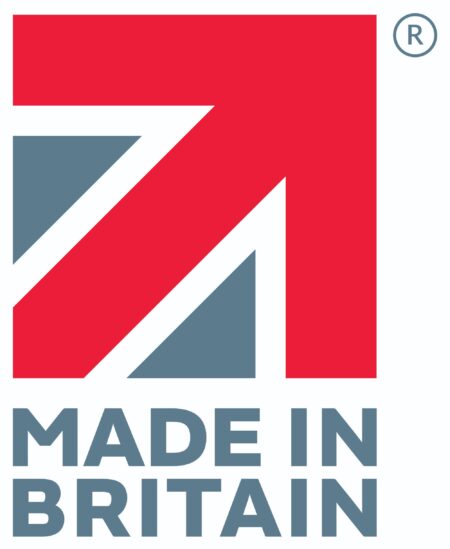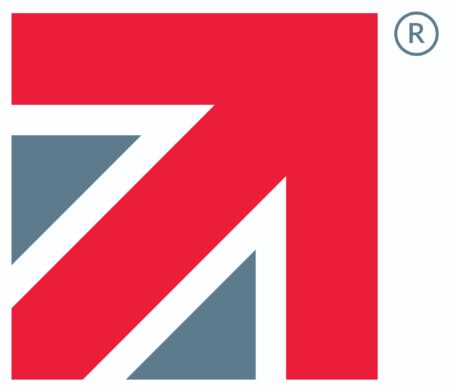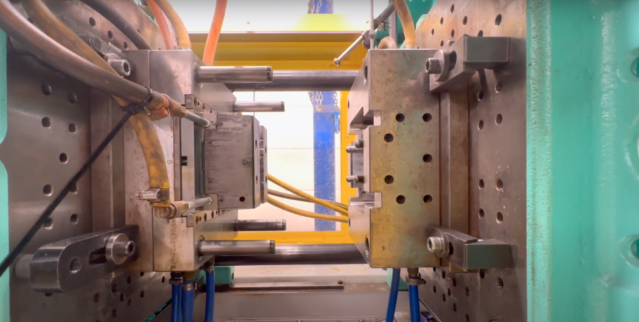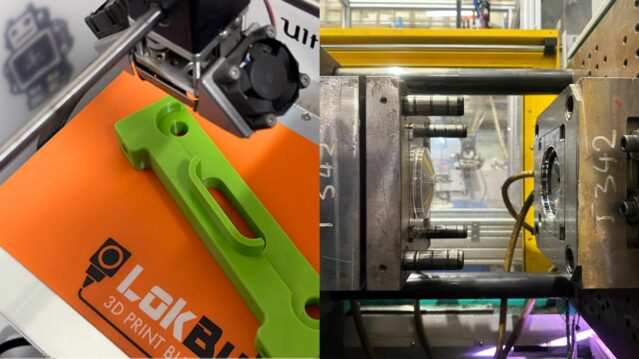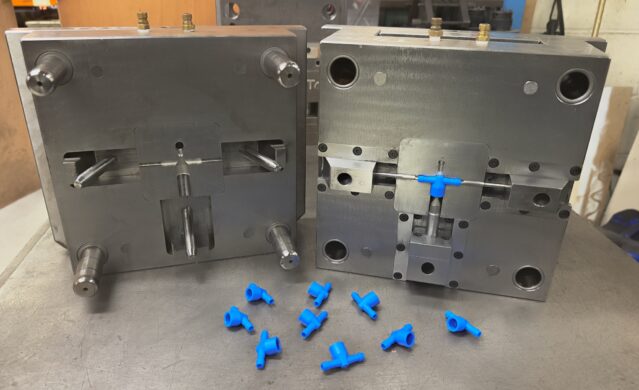25/07/2024
Pros and Cons of Plastic Injection Moulding
Many industries rely on injection moulding to create their plastic parts and products. It has become one of the most popular methods for manufacturing plastic components due to its convenience, efficiency, and ability to produce parts with high precision and reliability. Here's a quick look at the advantages and disadvantages of this manufacturing process.
Advantages of Injection Moulding
Injection moulding offers numerous advantages, including exceptional efficiency, consistency, and cost-effectiveness. Here’s a closer look at the details:
- High efficiency
Once the design and mould have been finalised, the injection moulding process is very quick compared to other manufacturing methods. This efficiency allows you to produce large quantities of parts in a short amount of time, making it ideal for mass production.
- High precision and consistency
Injection moulding creates parts that are identical, which is crucial for products that have tight tolerances. This consistency is ideal for industries such as automotive and medical, where precision is critical for performance and safety.
- Low cost per part
The ability to produce plastic parts en masse significantly reduces the cost per unit. This makes injection moulding a cost-effective solution for high-volume production runs.
- Produce complex designs
With the right tooling and moulding approach, injection moulding can create highly complex and intricate shapes that would be difficult or impossible to achieve with other manufacturing processes. This includes the ability to consolidate multiple parts into a single moulded component.
- Minimal waste
The process is highly efficient in its use of raw materials. Excess plastic can often be recycled and reused, which lowers material costs and reduces waste. This efficiency is both cost-effective and environmentally friendly.
- Enhanced part strength
Additives and fillers can be incorporated into the plastic material to enhance the strength and durability of the final product. This is particularly beneficial for parts that need to withstand high stress or wear.
Disadvantages of Injection Moulding
Injection moulding is an efficient method for manufacturing plastic parts, but it has its drawbacks and may not be ideal for every business. Here’s a closer look:
- High initial costs
While the cost per part is low during production, the initial investment required for designing and creating the moulds can be substantial. This upfront cost can make injection moulding less suitable for low-volume production runs.
- Initial lead times
The initial stages of injection moulding, including design, toolmaking, testing, and manufacturing, can be time-consuming. This also often includes prototyping through methods like CNC machining or 3D printing. However, once the moulds are finalised and approved, the production process is then highly efficient going forward.
- Small runs are costly
Injection moulding is most cost-effective for large-scale production. For smaller quantities, the high setup costs and the time required to prepare the machines can make this process less economical.
Injection Moulding with Bowles & Walker
Plastic injection moulding offers numerous benefits, especially for mass production of high-precision parts. If you’re looking to develop a new product requiring plastic components or if you have an existing product and are considering changing manufacturers, we can help. With over 50 years of experience in injection moulding, our factory in Norfolk is equipped to meet your needs. Get in touch with us today by emailing info@bowles-walker.com to discuss your ideas or project further.

